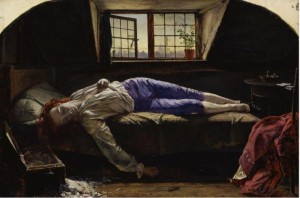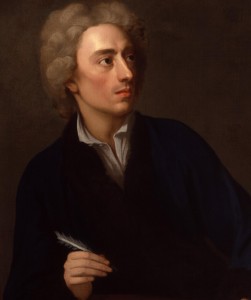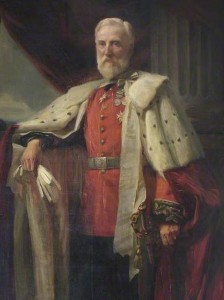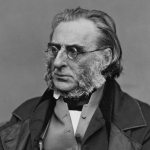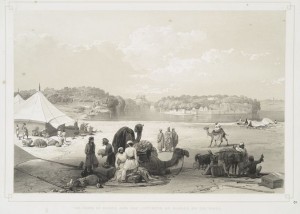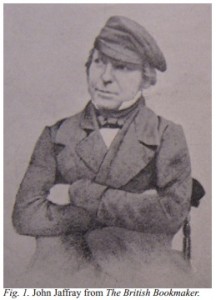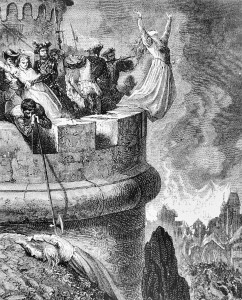Date: Tuesday, 17 February, 2015, 9:39
Dear Friends of Havelock Rec,
My wife and I only recently heard about this plan to move the ‘La Fontaine’ school to Havelock Rec this past weekend… I whole heartedly support your efforts in stopping the proposal to build on this land….
I would also like to add that the individuals planning this proposal have failed to consider the appropriateness of having a French named school located around Victorian built street names that are named after famous and revered British Generals, namely : Lord Wellington (Battle of Waterloo 1815 defeated the French) Wellington Road, The Duke of Marlborough (Battle of Blenheim 1704 defeated the French) Marlborough Road, Lord Raglan ‘The Charge of the Light Brigade (Crimean War 1853-1856) Raglan Road and last but not least Major General Sir Henry Havelock who was mostly associated with India and the recapture of Cawnpore during the Indian Mutiny 1857 Havelock Road.Therefore my point is that it is highly insensitive to British military history and the respected and former British generals that a French named school should descend upon our neighbourhood in the 200th year of the defeat of the French by Lord Wellington Arthur Wessley in 1815 at the Battle of Waterloo. I am not anti-French and I appreciate other peoples’ cultures and nations and the need to move forward with the times but please can we respect British history too.Perhaps we should consider lobbying the Ministry of Defence for additional support on this topic namely to stop the building and relocation of this school to Havelock Rec in this bi-centenary year of the Battle of Waterloo (1815–2015)?
Please keep up the excellent work.
Regards
[name with-held]
Marlborough Road Resident

